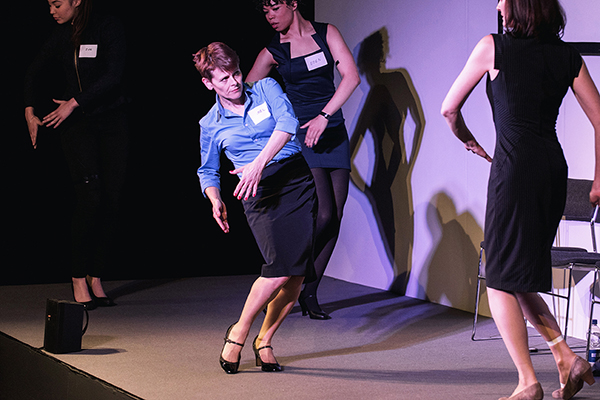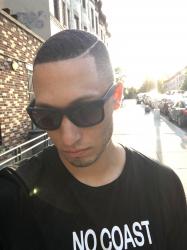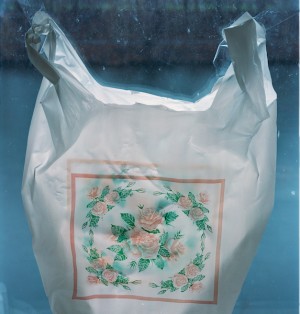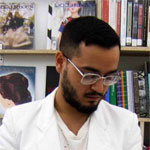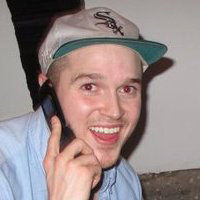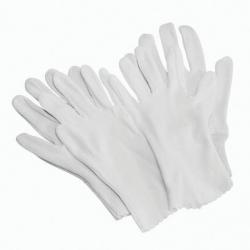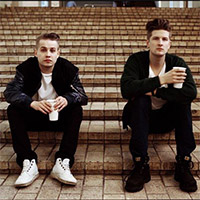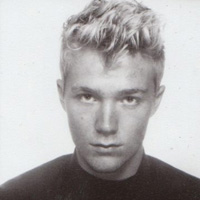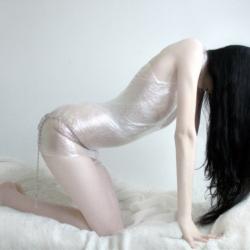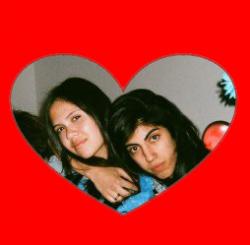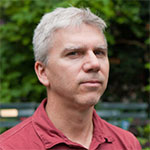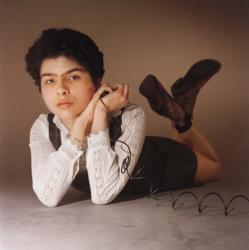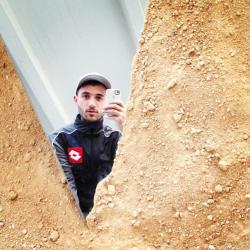Lafayette Anticipation associate curator Anna Colin talks to artist Tyler Coburn about Ergonomic Futures, a speculative project engaged with art, design, science, anthropology and writing. In this interview, Coburn discusses the research, production process and network of collaborators of a multilayered project ultimately concerned with the futures of humankind. Anna Colin: When one comes across your museum seats Ergonomic Futures (2016—) in contemporary art exhibitions—and soon in natural history, fine art, and anthropology museums—they look… [read more »]
Frieze Live | Passive Aggressive #3
The British artist duo Edward Thomasson & Lucy Beech reveal the violence of everyday performativity with their last installment of the non-theatrical 3-part series Passive Aggressive. The piece accentuates how this performativity is not just a gendered diagnostic of the contemporary Corporate Female navigating her way through the aggression of the work-place, but a constructive mode of life. At 2:45 PM daily during the fair in Regent’s Park, a group of six women in professional attire appear on stage to perform a mesmerizing choreography with the sounds of their bodies. Mic’ed on wrists, necks and underwear, what initially feels like a claustrophobic corporatization of the body reveals itself as a form of collective catharsis. One after the other, the smirking women present to each other their self-produced sound effects in an unsettling hybrid of affection and competition.
Edward Thomasson & Lucy Beech met in art school in the early 2000s when they were both skirting around the issue of live work. “We never actually made anything live, I don’t think we had the balls to do it,” Lucy recalls over coffee. “We were treading the same path and approached the same things, but from completely different angles.” Although they never worked together in college, they “did pretty much everything else together,” and when Edward was approached for a project a few years later, they decided to finally collaborate professionally. Interested in the mechanics of performance, they made a choir and a film, amongst others, but with limited success. Ultimately, it was simple 2-minute enactments of team-building games that triggered a real interest in the duo. “It was just an exercise comprised of pushing a balloon between two people. Everything we had spent weeks doing was absolutely terrible, but this thing had legs.” Both trained video artists, the filmic medium now only serves as complimentary to their collaborative performances through single-channel shots documenting their study of the particularities of everyday performativity.
They first began exploring the notion of passive aggression in 2013; looking at their old work they began to think about the mode of performance as a whole. “We began to realize that there is something passively aggressive about the atmosphere of our performances – passive aggression not just within the interpersonal, but actually as a tone,” Edward explains. “We were also thinking about passive aggression as a mode or way of life, and the term really is very indicative of the subjects we are talking about: these moments in life where you are performing under a double-standard,” adds Lucy.
This borderline performativity of everyday behavior is accentuated through Edward and Lucy’s use of amplified sounds of their heavily wired performers, which adds an additional layer of representation to their practice. The meticulous and anxiety-provoking noisy installing and dismantling of microphones serve as the performance’s pre- and postlude and installs a red thread of sonic perception through the piece. Under the veneer of familiar performed female passivity dwells a violence indicative of the oppressiveness of these performativities, not just of theatrical environments or designated spaces of public performance, but in every encounter with oneself and one’s surroundings. “We have a general interest in the fetishisation of the unsaid, engaging the things that can be felt, but not seen,” they explain.
Edward and Lucy’s synthetic style of performance derives as much from therapeutic YouTube tutorials as from conceptual dance; particularly Pina Bauch’s Tanztheater has informed their approach to bodily (non-)expressionism. Still, theatrical behavior for the duo is always object-like and borrowed, immersed in the monotonous setting of the everyday. During Thomasson’s residency in the Outset Artist’s Flat at the South London Gallery, they employed actors as estate agents hosting an ‘open house’ event, thus casting the audience as potential buyers. In their work, the viewer becomes site-specific under the general concern of entertainment, which pushes the conventions for performance-as-spectacle. “Who is the audience and how are the performers using them? It’s quite interesting to engage and really ask the audience to get on board,” they reflect. Here, ‘the theatrical’ transpires to the directly interpersonal.
As opposed to previous work, Passive Aggressive #3 aims to present a narrative instantaneously, as Edward and Lucy try to engage the passive art-collecting audience of the fair. “I think with this one we’ve really pushed it in terms of the theatricality and framing of their gestures,” Edward says. “In a way, we deal with dramaturgy as an object – handing the performers a mode of theatricality.” They specifically cast actors rather than dancers to avoid movement-based forms of expression, and do not consider themselves choreographers. Rather, they work with the principles of choreography and examine their logic and (in)expressions, while extending this knowledge to a larger sphere of movement in non-theatrical environments. “We feel very comfortable using movement that is based on logic, that sets it in place – there’s nothing expressive about it, actually.”
The first installment of Passive Aggressive took place in an empty bank in Istanbul, where the duo worked with a group of eight local theatre students. Paradoxically, the empty space was highly guarded by armed security guards who performed x-rays on visitors prior to entry. The group subsequently allowed this double-standard to sieve in to the work itself: dressed like guards, the participants performed and choreographed a kind of ‘security training’ mimicking the actual guards outside. The second installment followed soon after, in Camden Arts Center in London, and incorporated audio into the performance. After a longer break, the duo met again for the completion of their study of bipolar performance, concluding with an all-woman cast dressed in the quintessential attire of the Corporate Female, evoking the kind of rightwing feminism that sees gender equality as ‘women working like men.’ This includes aggressive forms of (self) management.
“The all-women cast was a parameter for this piece,” Lucy explains: “We initially started thinking about what women do in groups. We were specifically looking at female competitiveness and corporate feminism, and the moment where feminist discourses get appropriated, incorporated and geared towards a model of capitalism. We looked at Sheryl Sandberg’s lean-in circles: these therapeutic groups meeting in order to proliferate or succeed on the level of men, and how this works against itself as feminism bites its own tail.”
The women in Passive Aggressive embody the gendered term with a schizophrenic duality, embodying the mode of expression that is asked of women in a corporate environment: “smiling through gritted teeth,” as Edward puts it. At the same time they celebrate it and find usefulness in it: the irritable sounds of movement in a female office suit lay the foundation for a choreography to the sound Kiesza’s Hideaway. “As they collectively make these sounds that they cannot talk about, they are in a way working through that anxiety,” Edward explains. Much of their work refers directly to therapeutic situations (group circles, work outs, games), using their strategies as a tool of fiction. In that way, the performances simultaneously interrogate the language of represented performativity of the media, from corporate training videos to Pilates DVDs. “We make performance in non-theatrical environments and look at the theatrical frameworks that exist in interpersonal relations,” Lucy explains – “and what happens when you put those thing back in the theatre.” “It’s a bit of a head fuck,” Edward adds. The result, however, is incredibly efficient as these ‘theatrical frameworks’ are instantly-recognizable as something inherent to experiences in all of our lives. As they break away from the architecture of theatre, they confront the audience with levels of performativity that may never have been otherwise witnessed.


